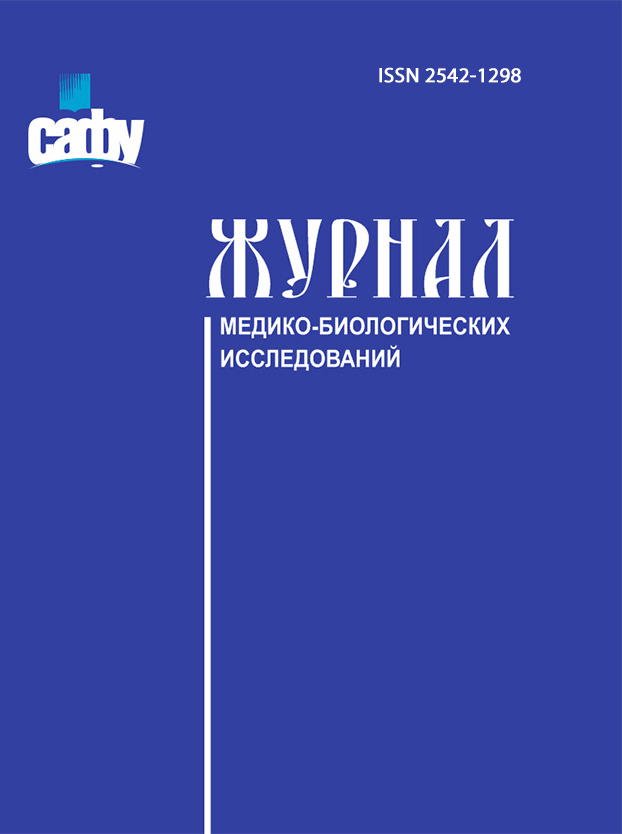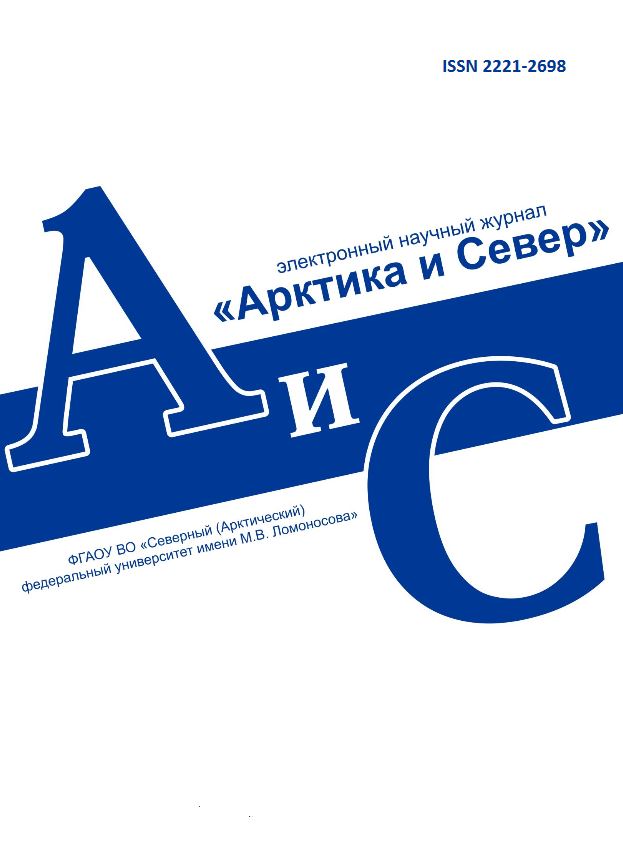
Vestnik of Northern (Arctic) Federal University.
Series "Humanitarian and Social Sciences"
ISSN 2227-6564 e-ISSN 2687-1505 DOI:10.37482/2687-1505
Legal and postal addresses of the founder and publisher: Northern (Arctic) Federal University named after M.V. Lomonosov, Naberezhnaya Severnoy Dviny, 17, Arkhangelsk, 163002, Russian Federation Editorial office address: Vestnik of Northern (Arctic) Federal University. Series "Humanitarian and Social Sciences", 56 ul. Uritskogo, Arkhangelsk
Phone: (8182) 21-61-20, ext. 18-20 ABOUT JOURNAL |
Section: Linguistics Download (pdf, 0.4MB )UDC81’371:811.111DOI10.37482/2687-1505-V307AuthorsEvgeniya A. MurashovaCand. Sci. (Philol.), Assoc. Prof., Assoc. Prof. at the German and French Languages Department, A.P. Chekhov Institute (Branch) in Taganrog, Rostov State University of Economics (address: ul. Petrovskaya 68, Taganrog, 347900, Rostovskaya obl., Russian Federation). e-mail: shenetschka@rambler.ru, ORCID: https://orcid.org/0000-0002-6018-955X AbstractThe article dwells on phatic patterns as culturally fixed communicative formulas implemented by addressers in order to establish, maintain or interrupt/terminate a communicative contact and achieve the initial communicative intention. From the standpoint of the integrative-comparative approach being developed, combining the achievements of various disciplines, the author endeavours to fill in some theoretical and methodological gaps in this subject area. In particular, the paper turns to the definition of the phatic function of communication and takes a step to develop a systematic representation of contact patterns as means of the function’s verbal expression. The object of the study is the phatic function of communication, while the subject is contact patterns. As research material, the author used text fragments of the Russian-, German- and English-language examination discourse as a multidimensional broad-context formation, whose core is the communicative situation “examination”, represented by a variable set of relevant event moments. Each of these moments (greeting, introduction, getting an examination card, preparing the answer, answering, additional questions, evaluation of the answer, expression of gratitude, and parting) is correlated with a conventional set of phatic patterns in Russian, German and English. The nomenclature of national phatic patterns is illustrated by concrete examples from the corresponding language corpora. The contact patterns are analysed taking into account the context and initial communicative intention, the presence or absence of emotional and axiological colouring, and whether the formulas are short of expanded. Two types of phatic patterns are highlighted here: patterns actualized primarily by the examiner or the examinee and patterns that can be implemented by all participants in this communicative situation. The author outlines prospects for further research, first and foremost, the hierarchization of contact patterns and accentuation of their performativity.Keywordsphatic function of communication, contact patterns, Russian-language examination discourse, German-language examination discourse, English-language examination discourseReferences
|
Make a Submission
INDEXED IN:
|
Продолжая просмотр сайта, я соглашаюсь с использованием файлов cookie владельцем сайта в соответствии с Политикой в отношении файлов cookie, в том числе на передачу данных, указанных в Политике, третьим лицам (статистическим службам сети Интернет).






